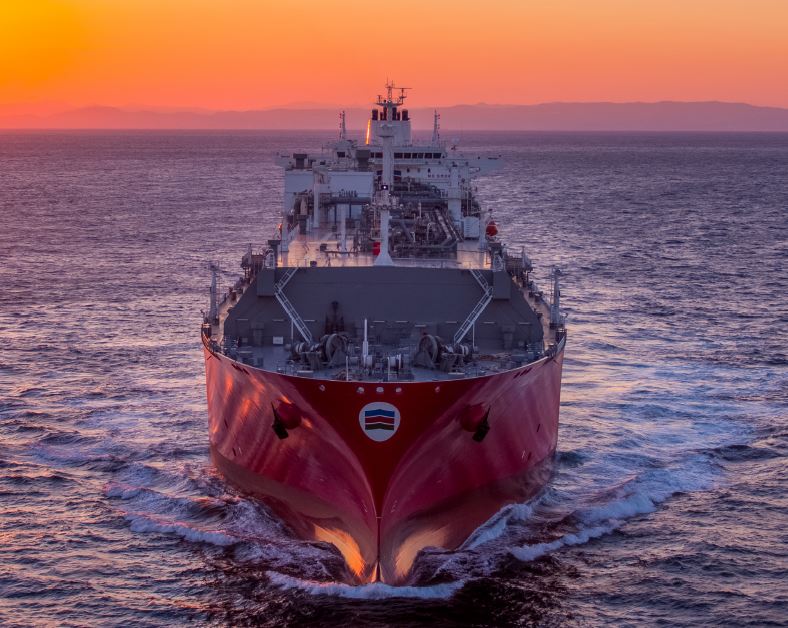The International Gas Union (IGU) sees LNG as the best available solution which can reduce the environmental impact of maritime transport, according to its annual LNG report.
IGU released its 12th annual World LNG Report on Thursday. The report discusses key developments and trends in the LNG sector.
“LNG is currently the best and immediately available solution at scale that can reduce the environmental impact of maritime transport and preserve air quality,” IGU said.
The International Maritime Organisation (IMO) enforced a new 0.5% cap on the sulphur content of ships’ fuels at the start of 2020.
This has spurred a switch to LNG-fueled marine transport, both through fitting newbuild vessels with LNG engines and converting existing ships to run on the fuel, the report said.
“This trend has been accompanied by a growth in bunkering infrastructure, by scale and geographical coverage, establishing LNG as a truly global shipping fuel,” it said.
LNG trade rises
In 2020, global LNG imports reached 356.1 million tons, increasing by 0.4 percent compared with the previous year, IGU said, citing GIIGNL data.
Despite the challenges imposed by the pandemic, LNG trade has proven resilient increasingly diverse and global.
The LNG sector adjusted to significant demand fluctuations with “incredible agility.”
From the huge drops in demand levels at the height of the pandemic lockdowns, through exceptional spikes when the winter deep freeze sent the world’s energy systems into crisis.
“LNG, quite literally, delivered,” the report said.
“The gas industry has held its own. Despite having to overcome many challenges in supply chain management, maintenance and commercial matters, secure and reliable supply of gas continued uninterrupted,” IGU president Joe Kang said.
“This demonstrates the incredible resilience, flexibility and reliability of the gas sector in bringing secure, clean and modern energy whenever and wherever it is needed, even with significant parts of the world affected by lockdowns or restrictions,” he said.
Post-Covid recovery
Global regasification capacity increased by 19 MTPA in 2020, and a total of 850 MTPA.
“This demonstrates the central role that LNG plays in many countries’ economic growth and energy transition plans,” the report said.
With 137 MTPA of new liquefaction capacity under construction or sanctioned for development, and a further 892 MTPA of liquefaction capacity at the pre-FID stage, the supply is there to fulfil this role, IGU said.
“As world leaders plan for recovery from the health and economic crisis and seek a path to meet the Paris Agreement and Sustainable Development Goals, this path is simply not achievable without gas,” Kang said.
“An achievable transition must be based on energy that is available for all global society, it must be clean, the supply must be secure and it must be affordable. A just transition can only be achieved with gas as a major component of the global energy mix,” he said.

